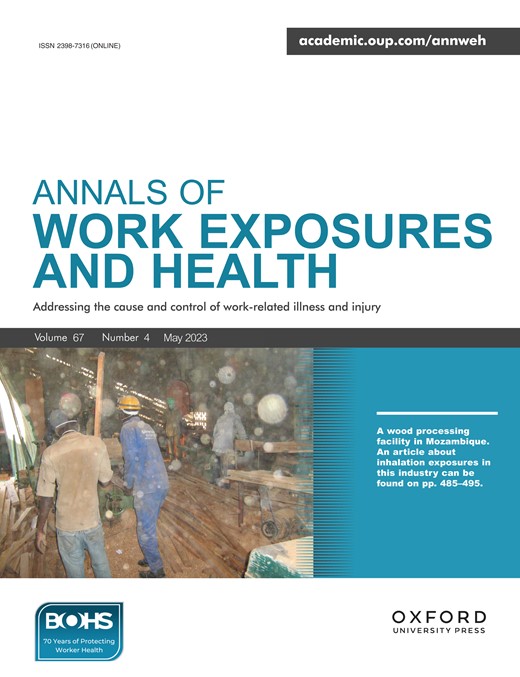ECETOC’s risk assessment screening tool meets its design objective of producing conservative results compared to real measurement data
Brussels, 26 March 2023 – A Task Force from the Centre for chemical safety assessment (ECETOC) has carried out an in-depth comparison of modelled results from its Targeted Risk Assessment (TRA) tool with actual measurement data and found that it meets its design objectives of being a robust and conservative screening level tool.
Since 2010, ECETOC’s TRA tool has been widely used by companies in Europe to create screening level exposure assessments for the dossiers of chemical substances that are required under the EU’s REACH regulation.
The tool calculates the risk of exposure from chemicals for workers, consumers and the environment as a basis for the conditions of safe use of chemical substances. It was built to be pragmatic: efficiently providing exposure estimations for the many different substances and use scenarios. It is the only tool currently capable of estimating both inhalation and dermal exposures.
Because it screens many substances and scenarios quickly as a first step (removing some substance-scenario combinations from more detailed analysis while identifying others that should undergo further assessment), it is important that the tool does not produce ‘false negatives’ – i.e., not predict exposures lower than they would be in reality – so it is designed to err on the side of caution.
ECETOC released the first version of its TRA tool in 2004, later updated to the second version in 2009 and a third version in 2012. The European Chemicals Agency (ECHA) recommends TRAv3 to be used as a first-tier model.
Several validation studies have been conducted since 2010 confirming the conservative nature of the ‘TRA Worker. However, some studies concluded that the tool might not be sufficiently conservative in all occupational scenarios.
Over recent years, ECETOC’s TRA-Worker Task Force carried out extensive work compiling databases for inhalation and dermal exposure in order to assess the tool performance for inhalation exposure and dermal exposure.
A study conducted by the Task Force, published in the Annals of Work Exposures and Health, looked at 129 exposure situations (ESs) that had measured inhalation exposures to dust from solids, or vapour from liquids, in occupational settings and then compared them with the modelled estimates from version 3 of the TRA tool (TRAv3). The measurement data were taken from previously published studies examining TRAv3 performance and pooled into a curated database. The results indicated that the TRAv3-tool overestimated the actual measured inhalation exposure in the vast majority of the exposure situations.
Although the Task Force has identified gaps where more data sets are still needed, the results of the current analyses are being used by ECETOC to further refine the TRAv3 tool.
A new version of the TRA Worker tool (v3.2) is set to be launched this summer, including targeted changes that increase the conservatism of the tool still further (from 80% to 87% for full shift inhalation exposure and from 84% to 89% for dermal exposure).

